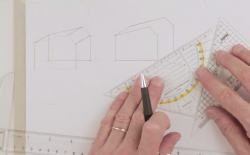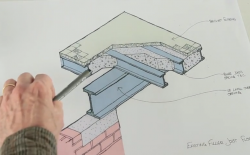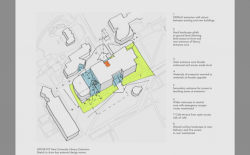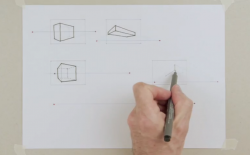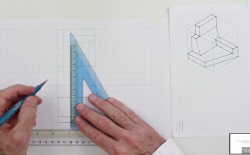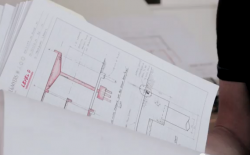The UCL Drawing Gym is an exercise programme to help engineers improve their sketching and visualisation skills.
Starting with simple sketches to develop spatial literacy, the exercises will boost your ability to draw ideas.
Why do Engineers Need to Draw?
Engineers think, design, and communicate through their sketches. Their directness and simplicity makes them the perfect vehicle for showing the complexities of their design in an easily understood format.
However brilliant your idea is, if your client can’t understand its value, it won’t get very far.

